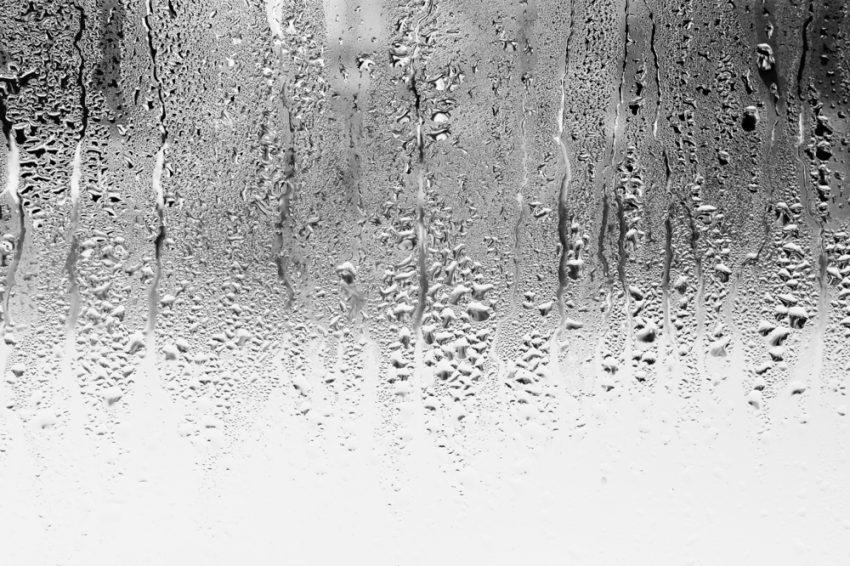Humidity is a measure of the amount of water vapor in the air. It impacts comfort levels and can cause a variety of health issues if too high or too low. High humidity in your home can be a sign that there are underlying causes that need to be addressed. In this article, we’ll discuss what causes high humidity in your home and some solutions to reduce it.
What is Humidity?
Humidity is simply the amount of water vapor in the air, measured as a percentage of saturation. When air has more than 100% saturation, it’s considered “humid”. The closer you get to 100%, the more uncomfortable it typically feels, and anything above 70% is considered very humid.
Why is My House So Humid?
High humidity levels in your home are usually caused by one or more factors such as poor ventilation, leaky pipes and plumbing fixtures, poor insulation, uncontrolled moisture sources such as cooking and showering, and even climate and weather conditions outside your house. All these things together can contribute to high humidity levels inside your home.
Causes of High Humidity in Your Home
1. Poor Ventilation: Poor ventilation can lead to higher humidity levels because the air isn’t getting enough airflow to disperse moisture quickly enough. This means that moist air stays trapped inside your house instead of being able to escape outside.
2. Leaky Pipes and Plumbing Fixtures: If you have any leaky pipes or plumbing fixtures in your home, they can add an extra source of moisture into the air which raises the overall relative humidity level inside your house.
3. Poor Insulation: Poor insulation also contributes to high humidity levels because it prevents exterior cold temperatures from entering into your house which would help reduce interior humidity levels naturally over time if not for lack of proper insulation.
4. Uncontrolled Moisture Sources: Cooking, showering, washing dishes etc., all generate moisture which adds up when left unchecked over time leading to higher than normal indoor relative humidity levels (RH).
5. Climate & Weather Conditions: Depending on where you live and what season it is, there may be certain weather patterns that make indoor RH levels difficult to control such as during periods of high rainfall or when temperatures remain consistently above average for weeks on end with little relief from colder temperatures at night like during summer months here in Michigan where I live currently!
Solutions to Reduce Humidity In The Home
1 Improve Ventilation & Insulation: Adding proper ventilation systems or improving existing ones along with adding/improving insulation helps keep outdoor cold temperatures out while allowing excess indoor moisture build-up from leaving quickly resulting in lower relative humidities inside your home during humid periods outside!
2 Use A Dehumidifier Or Humidifier As Needed: Adding either a dehumidifier (to remove excess moisture) or humidifier (to add extra moisture) can help balance out RH levels depending on what type of climate you live in – both available at most hardware stores these days!
3 Fix Leaks & Other Moisture Sources Immediately: Any leaks should be fixed immediately not only for safety reasons but also because they can cause an increase in indoor RH due to added sources of moisture into your home so addressing them first will help keep things under control before other methods need to be implemented & monitored regularly!
4 Monitor Humidity Levels Regularly: Monitoring indoor RH regularly will help alert you when changes occur so that appropriate measures can be taken before long-term damage occurs from extended exposure at certain levels – many devices exist online now for this purpose ranging from basic thermometers/hygrometers all the way up through full smart-home systems if desired!
Conclusion
High humidity levels inside your home are caused by multiple factors such as poor ventilation, leaks and other uncontrolled sources of moisture entering into our living spaces every day whether we realize it or not – making it important for us all to stay vigilant about monitoring & controlling relative humidities within our homes regularly using methods like proper ventilation/insulation improvements along with dehumidifiers/humidifiers when needed!




